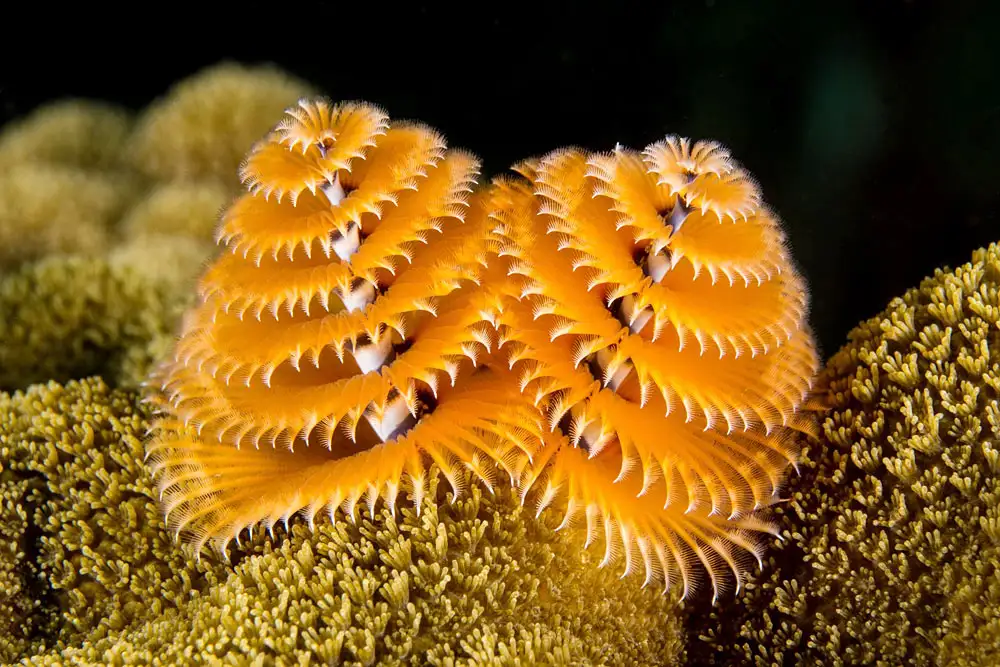
Christmas Tree Worm
Spirobranchus giganteus
Spirobranchus giganteus—the Christmas tree worm—is a tube‑dwelling serpul···
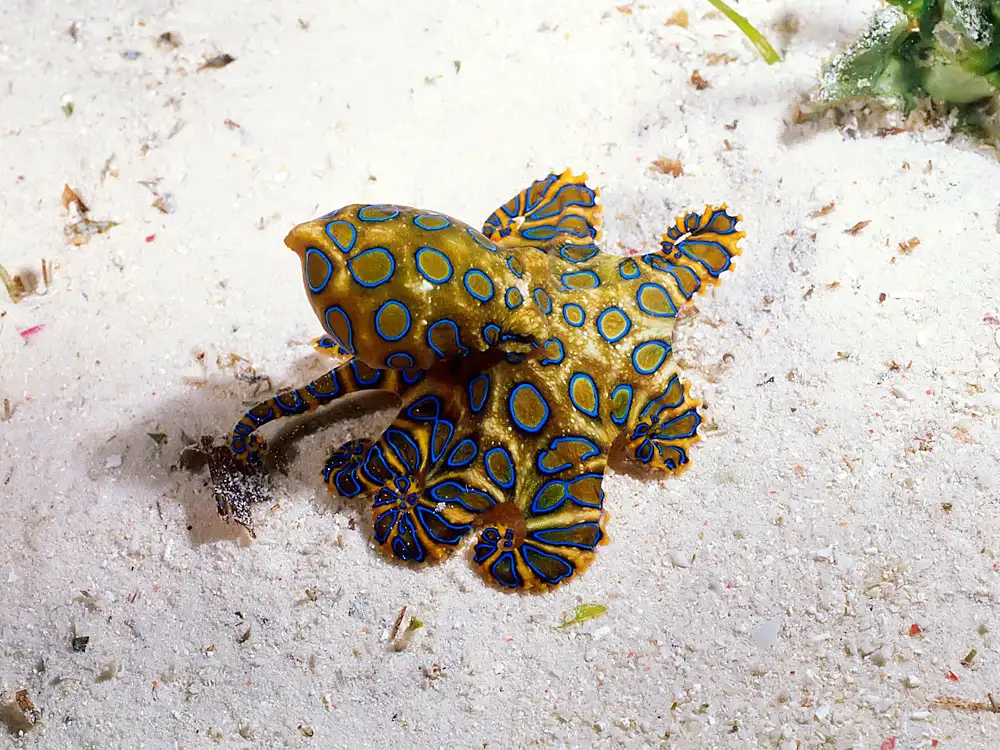
Southern Blue‑Ringed Octopus (Highly Venomous)
Hapalochlaena maculosa
Hapalochlaena maculosa—the southern blue‑ringed octopus—is a small, highl···
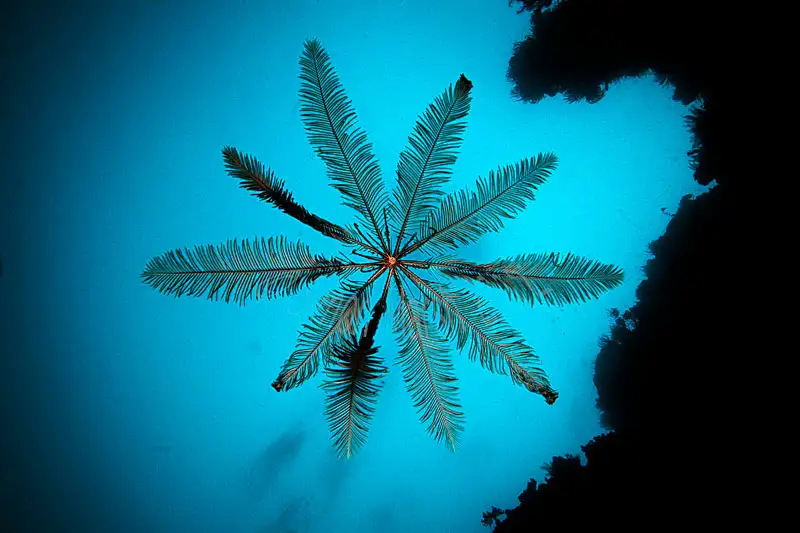
Crinoids (Overview)
Crinoidea (crinoids)
Crinoids (class Crinoidea) comprise stalked sea lilies and unstalked feather···
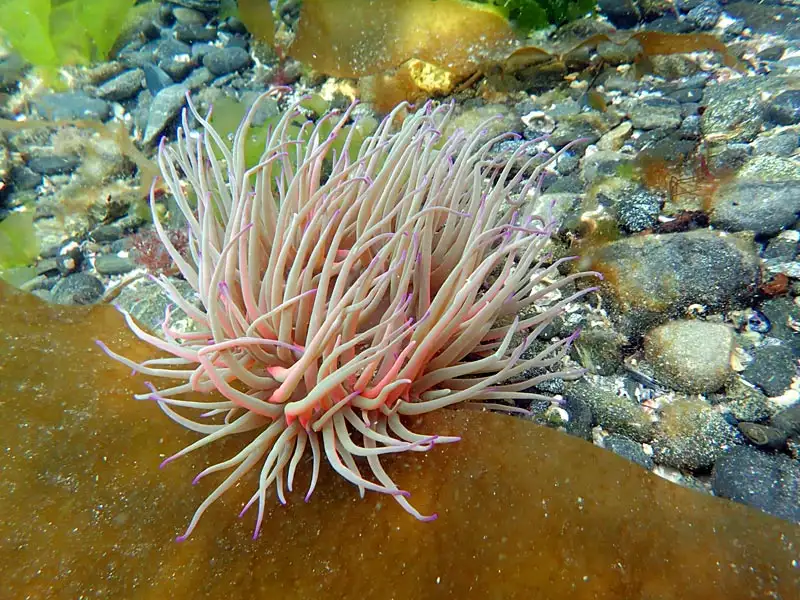
Sea Anemones
Actiniaria
Actiniaria (sea anemones) are anthozoan cnidarians that are typically solita···
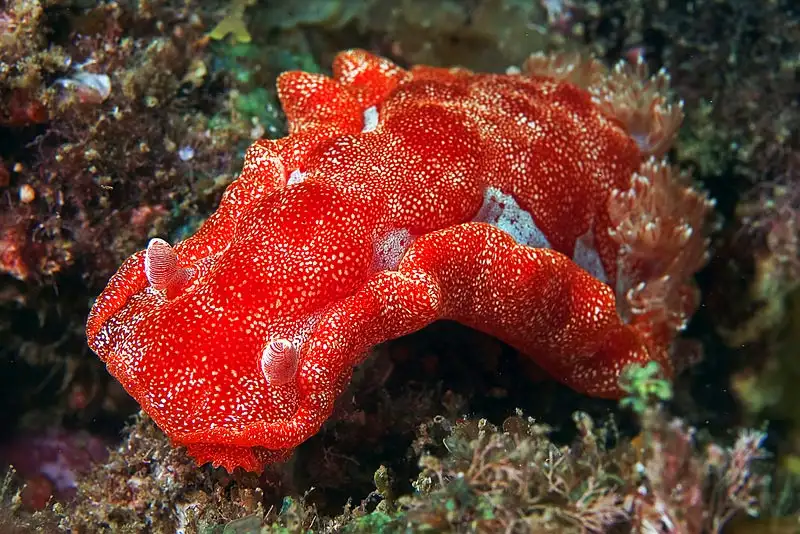
Spanish Dancer Nudibranch
Hexabranchus sanguineus
Hexabranchus sanguineus, the iconic Spanish dancer, is one of the largest an···
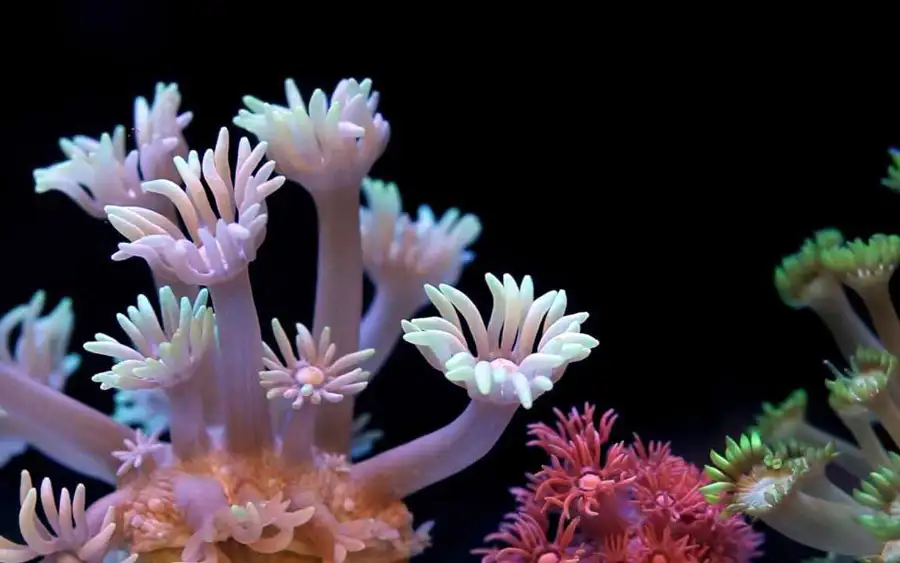
Lobed Flowerpot Coral
Goniopora lobata
Goniopora lobata is a classic “flowerpot coral” in family Poritidae (order···
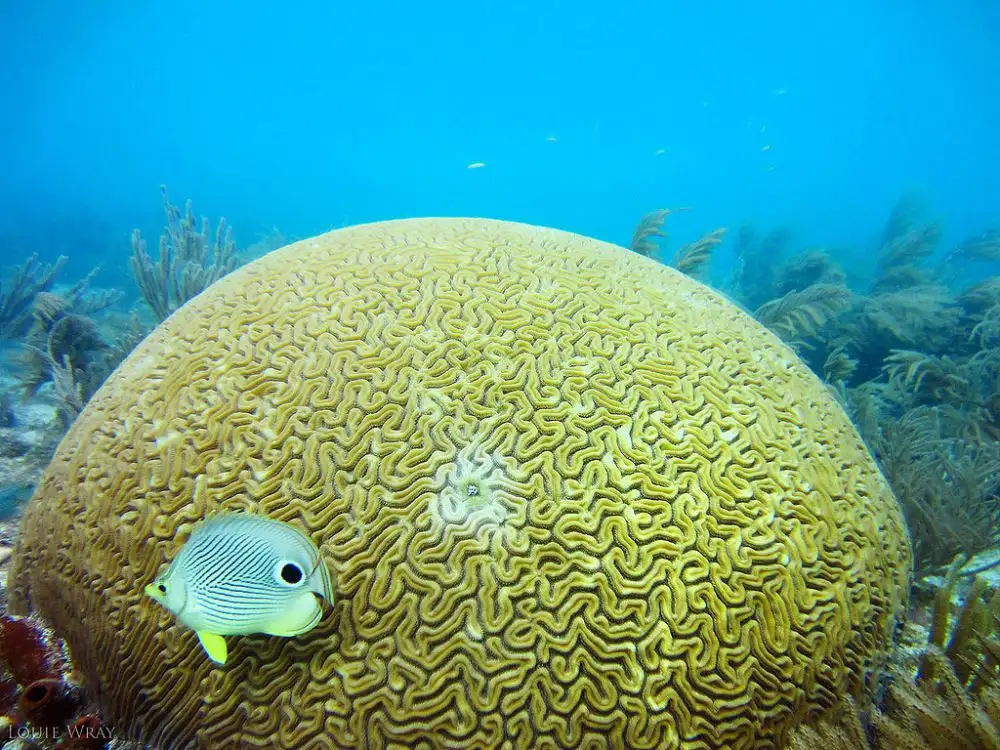
Open Brain Coral
Trachyphyllia geoffroyi
Trachyphyllia geoffroyi, the open brain coral, is a classic large‑polyp sto···
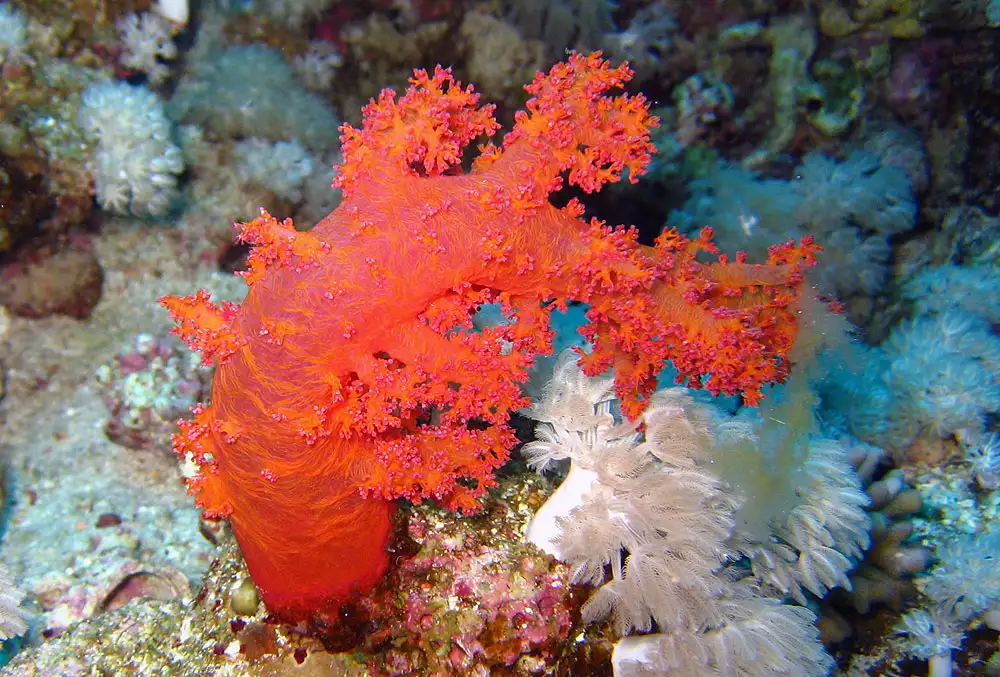
Carnation Soft Coral
Dendronephthya sp.
Dendronephthya sp. (carnation/tree soft corals) are azooxanthellate octocora···
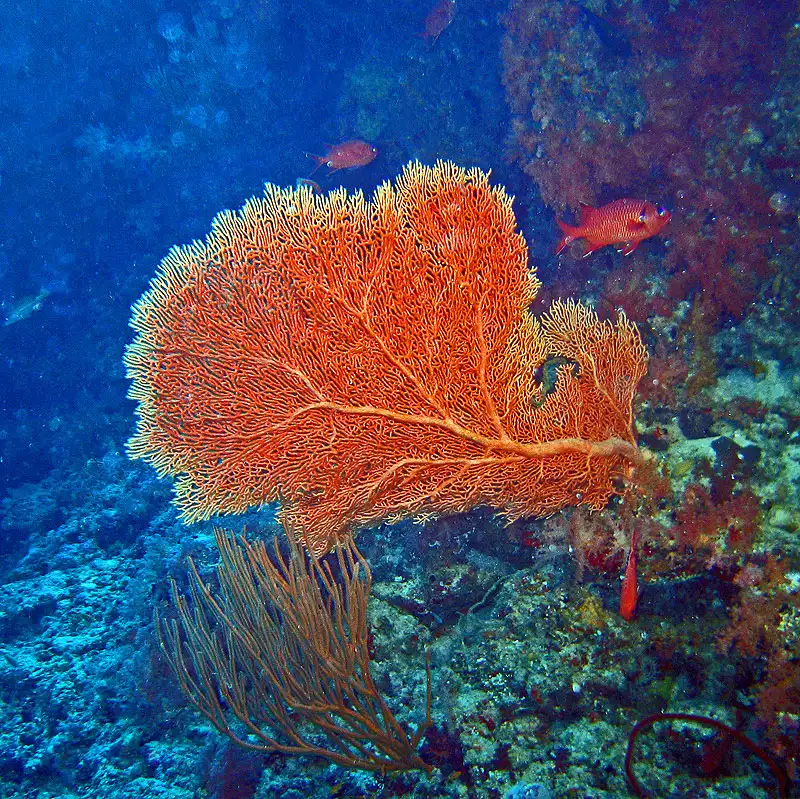
Yellow Sea Fan
Subergorgia suberosa
Subergorgia suberosa, commonly called the yellow sea fan, is a gorgonian‑ty···

Bubble Coral
Plerogyra sinuosa
Plerogyra sinuosa, commonly called the bubble coral, is a photosymbiotic ree···
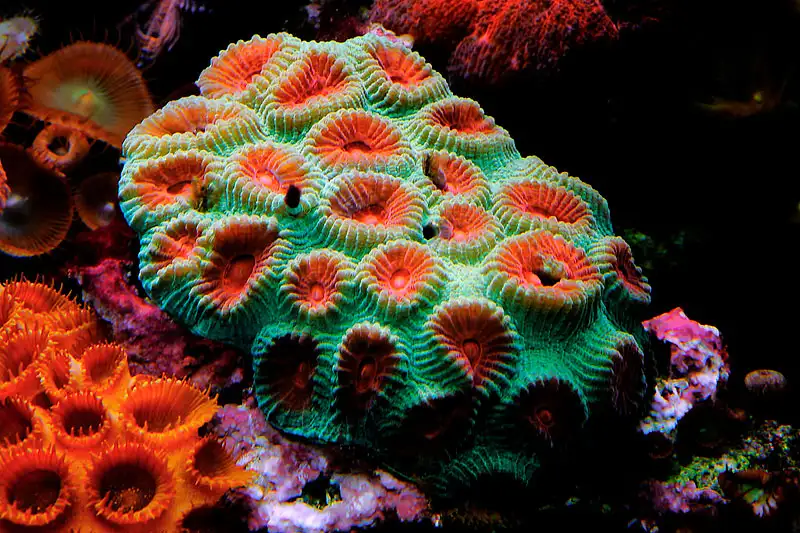
Elegant Honeycomb Coral
Favia speciosa (= Dipsastraea speciosa)
Favia speciosa (also cited as Dipsastraea speciosa) is a photosymbiotic, ree···
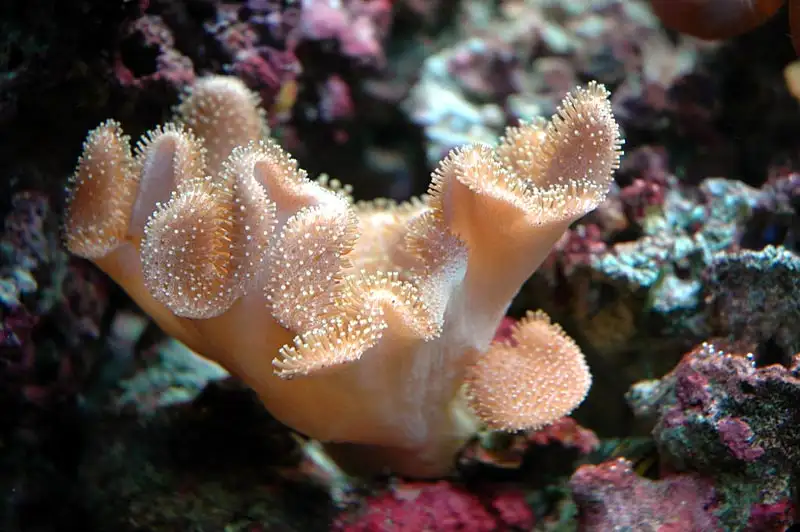
Elegant Leather Coral
Sarcophyton elegans
Sarcophyton elegans is an Indo‑Pacific leather (toadstool) soft coral in fa···
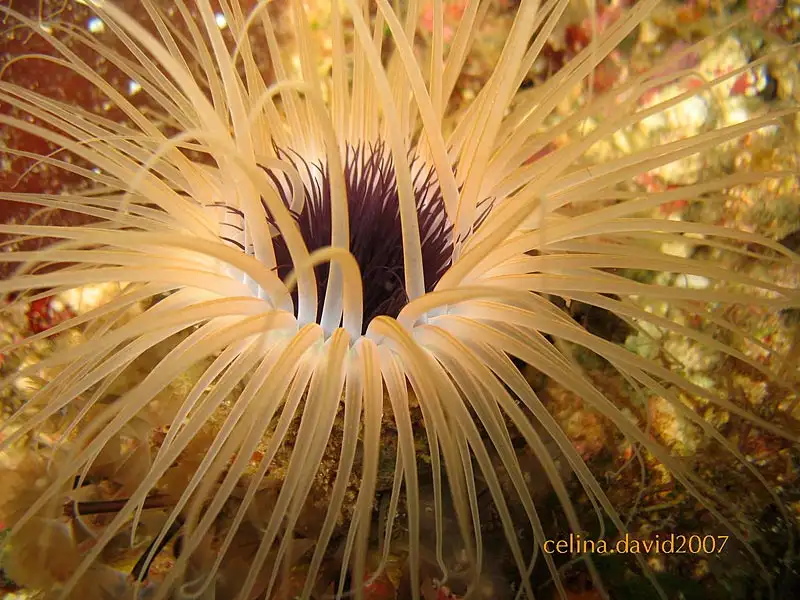
Tube-dwelling Anemone
Cerianthus membranaceus
Cerianthus membranaceus is a classic tube‑dwelling anemone (phylum Cnidaria···
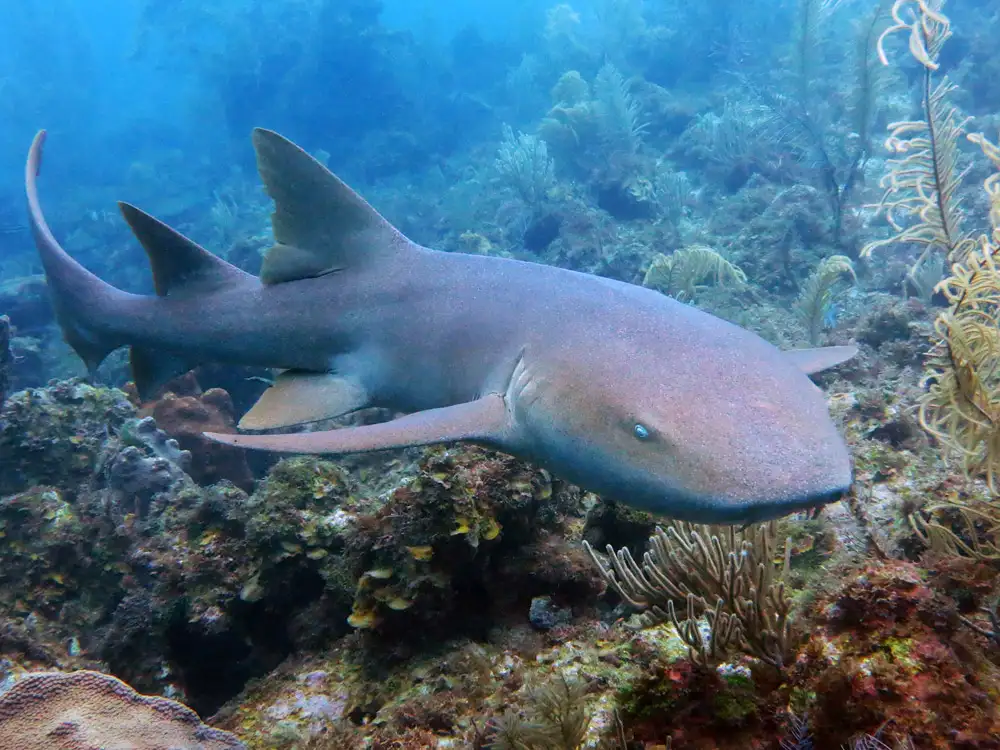
Nurse Shark
Ginglymostoma cirratum
The nurse shark (Ginglymostoma cirratum) is a common coastal shark of the we···
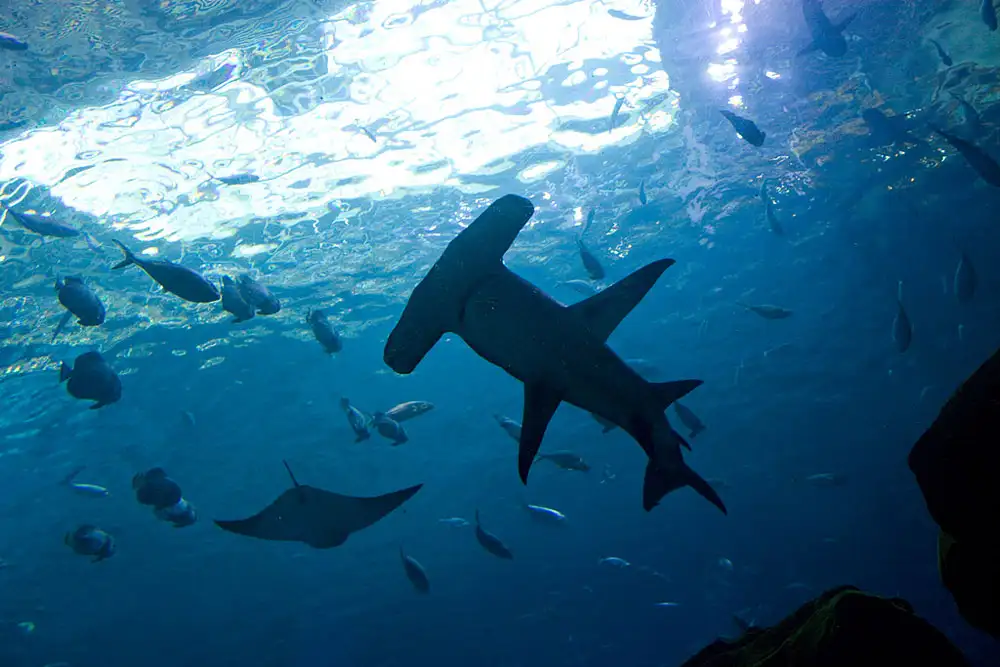
Smooth Hammerhead
Sphyrna zygaena
The smooth hammerhead (Sphyrna zygaena) is a widely distributed temperate–t···
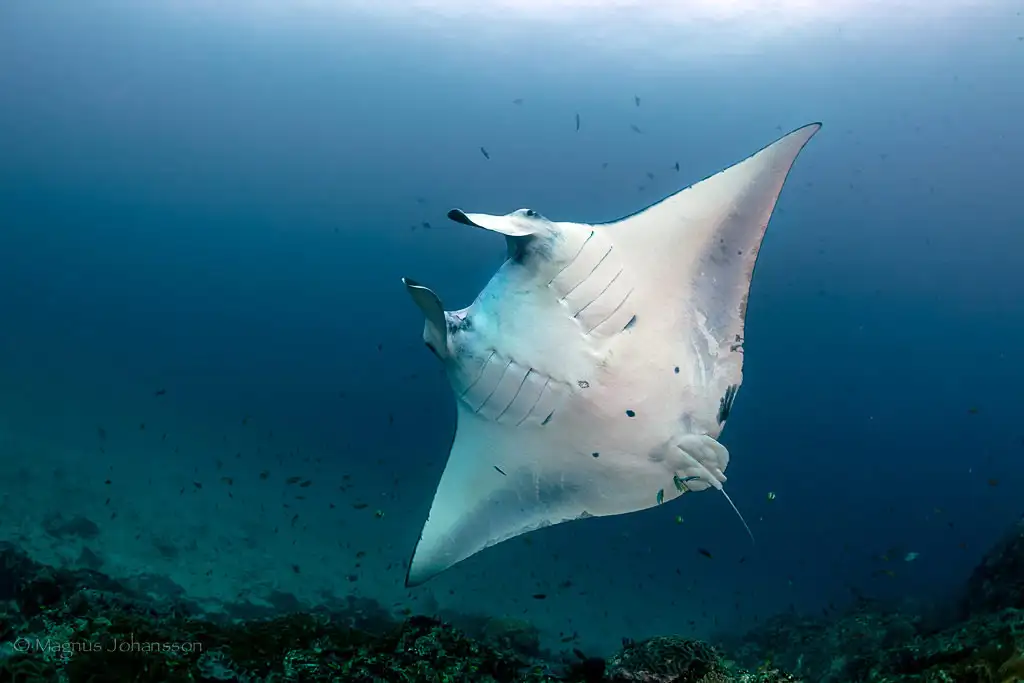
Giant Oceanic Manta Ray
Mobula birostris (= Manta birostris)
The giant oceanic manta ray (Manta birostris, widely treated as Mobula biros···
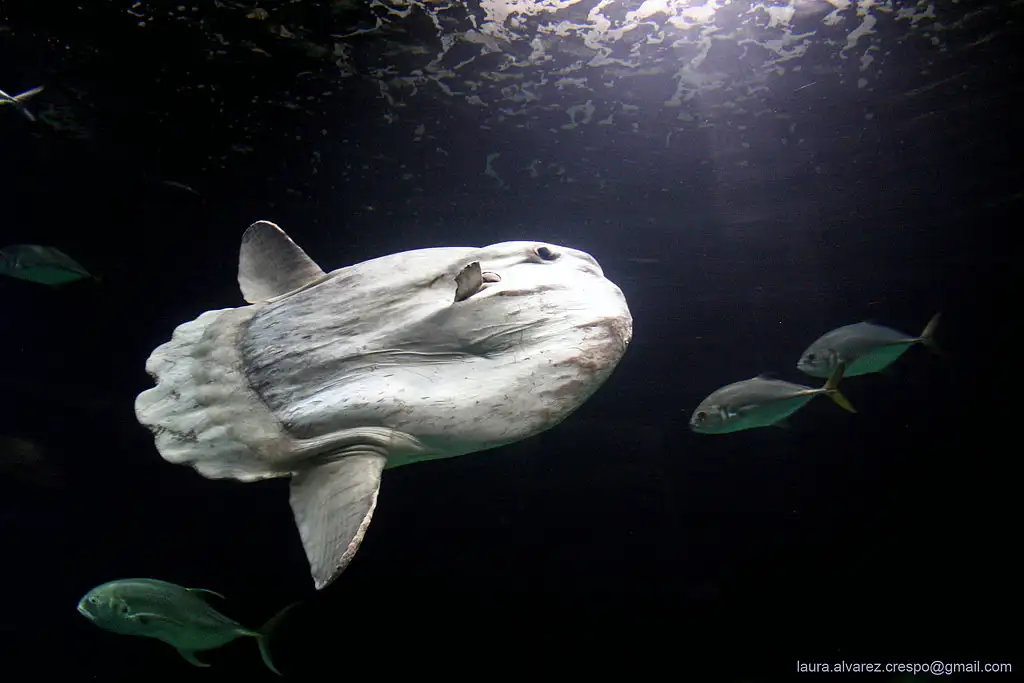
Ocean Sunfish
Mola mola Linnaeus, 1758
The ocean sunfish (Mola mola) is among the heaviest bony fishes (family Moli···
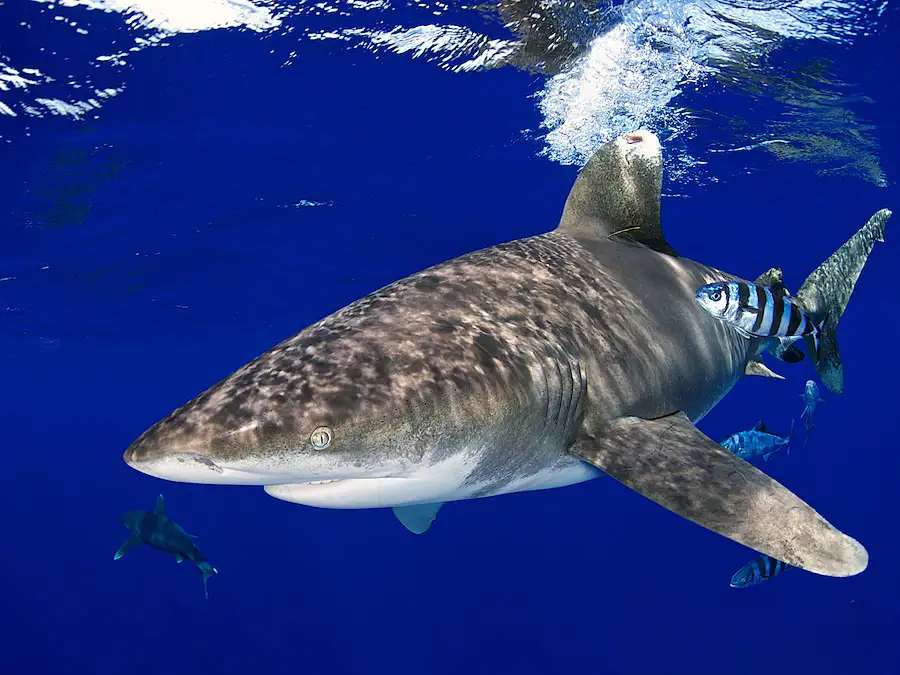
Whitetip Reef Shark
Triaenodon obesus
The whitetip reef shark (Triaenodon obesus) is one of the most common medium···

Thresher Sharks
Alopias (genus)
Alopias, the thresher sharks, belongs to family Alopiidae (order Lamniformes···

Dolphins
Delphinidae (family)
Delphinidae (the oceanic dolphins) is the largest and most widespread family···
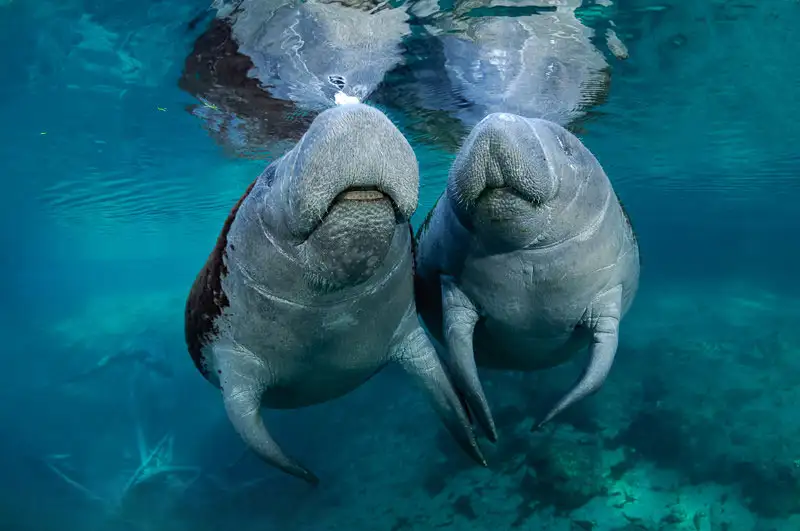
Manatees
Trichechus (genus)
Trichechus is the manatee genus within order Sirenia and family Trichechidae···
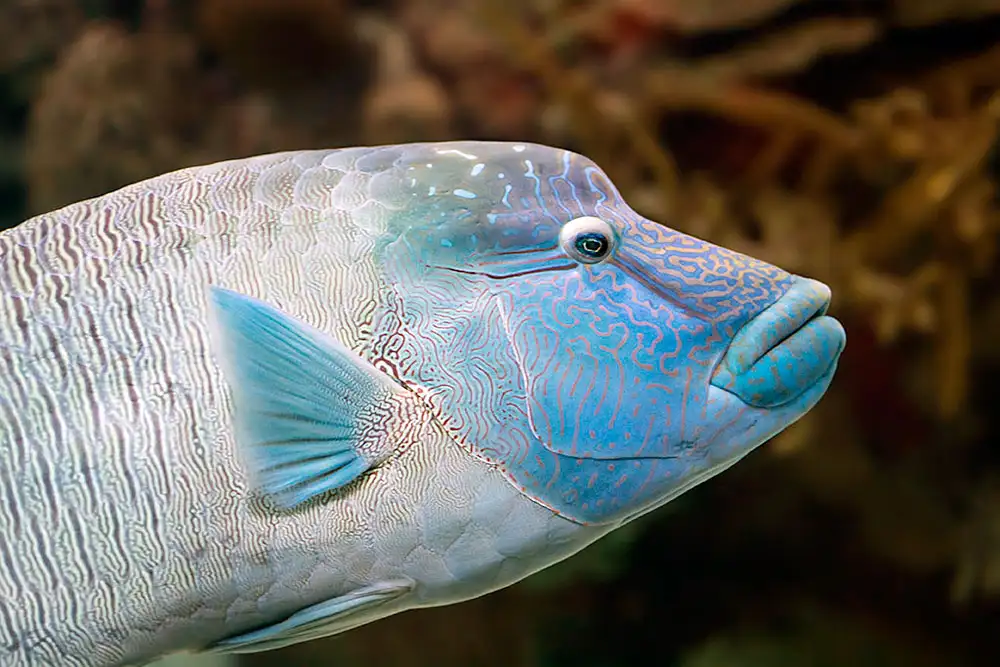
Humphead Wrasse
Cheilinus undulatus
The humphead wrasse (also called Napoleon wrasse; Cheilinus undulatus) is a ···
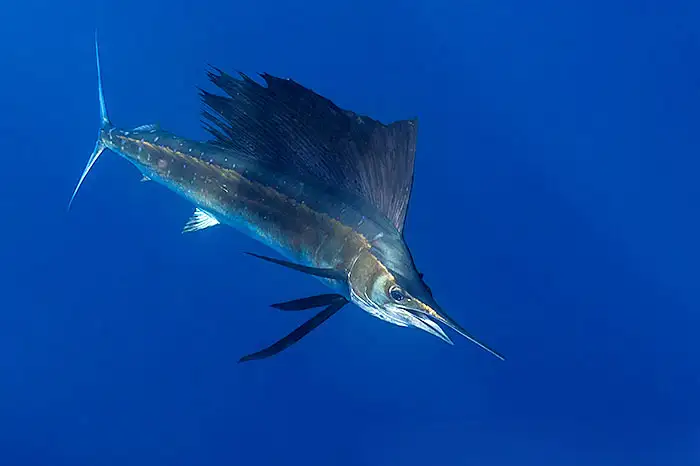
Sailfish
Istiophorus platypterus
The sailfish (Istiophorus platypterus) is a fast, highly migratory oceanic p···
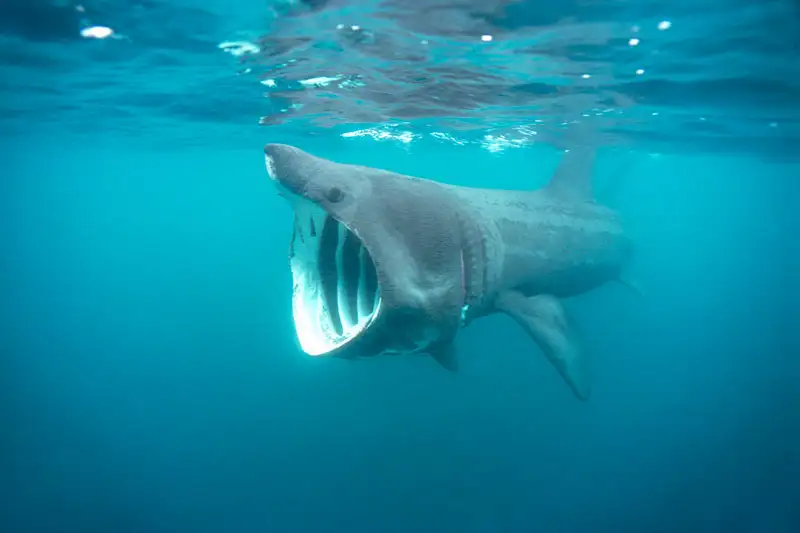
Megamouth Shark
Megachasma pelagios
The megamouth shark (Megachasma pelagios) is a rare, filter‑feeding large s···
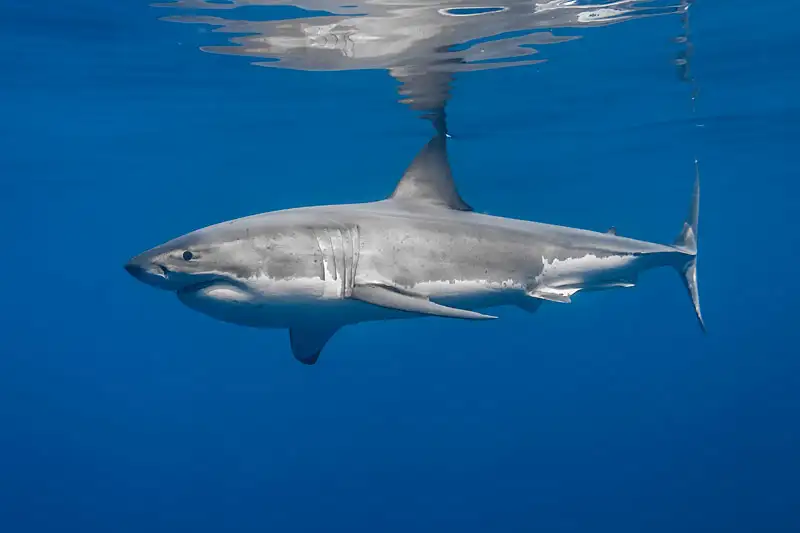
Great White Shark
Carcharodon carcharias
The great white shark (Carcharodon carcharias) is a temperate to subtropical···
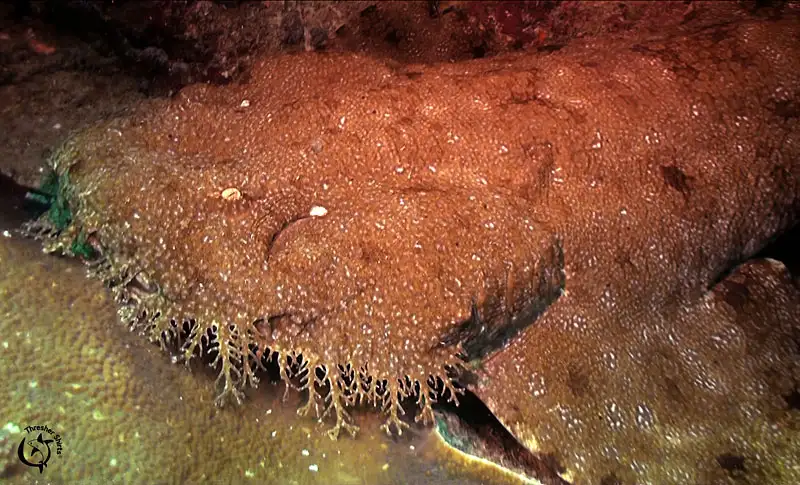
Carpet Shark
Orectolobidae (family)
Orectolobidae—the wobbegong family within the order Orectolobiformes—compr···
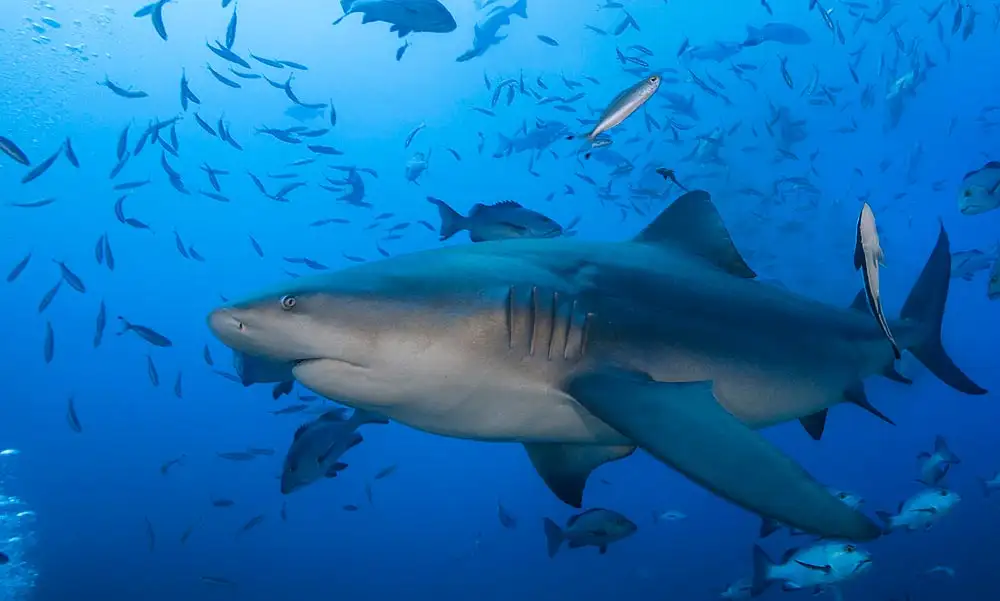
Bull Shark
Carcharhinus leucas
Bull shark (Carcharhinus leucas) is a large coastal requiem shark famous for···
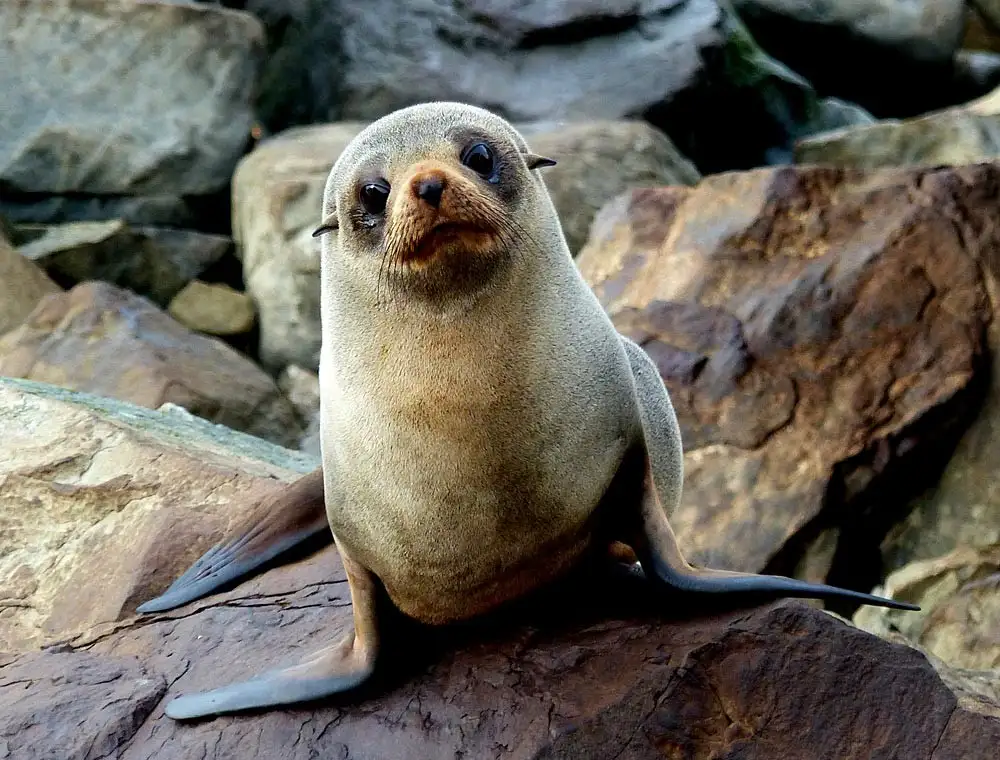
Fur Seals
Arctocephalinae (subfamily)
Arctocephalinae (fur‑seal subfamily) within Otariidae includes the Southern···
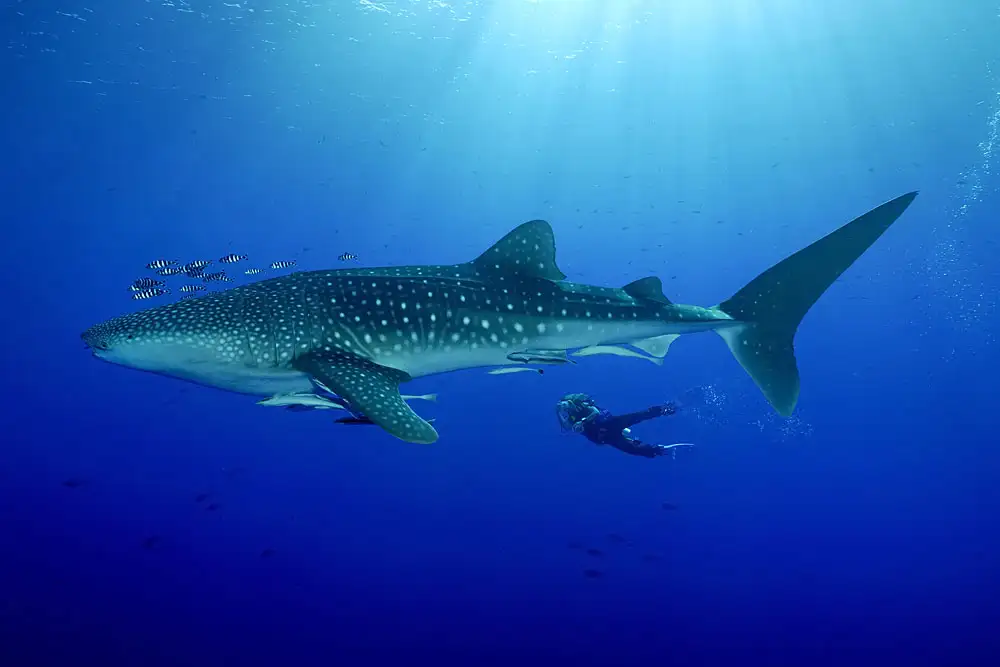
Whale Shark
Rhincodon typus
The whale shark (Rhincodon typus) is the largest living fish, in the familyR···
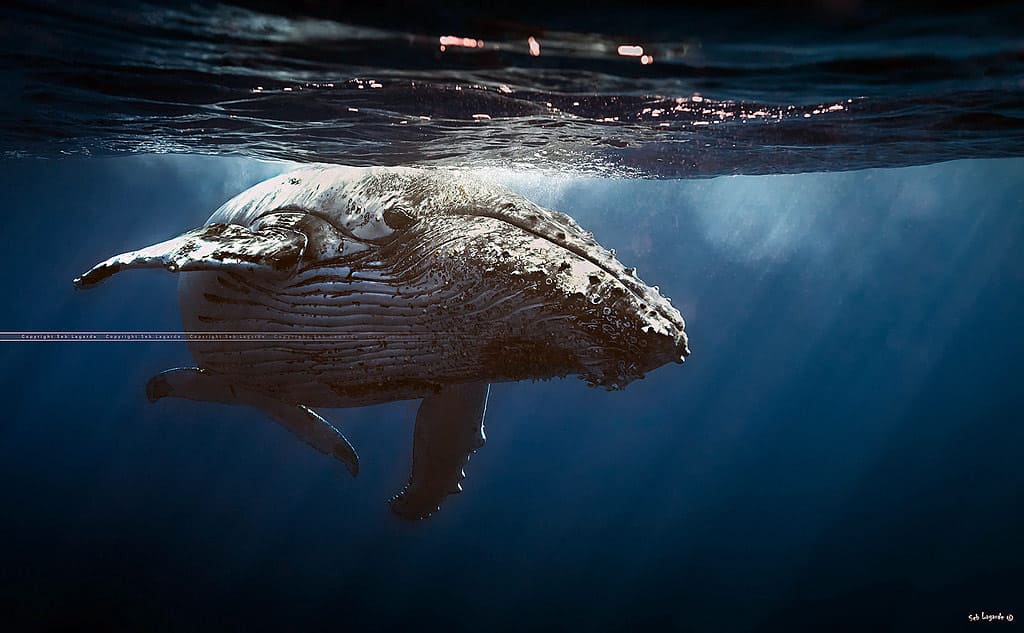
Humpback Whale
Megaptera novaeangliae
Humpback whale (Megaptera novaeangliae) is a medium‑large rorqual famed for···
